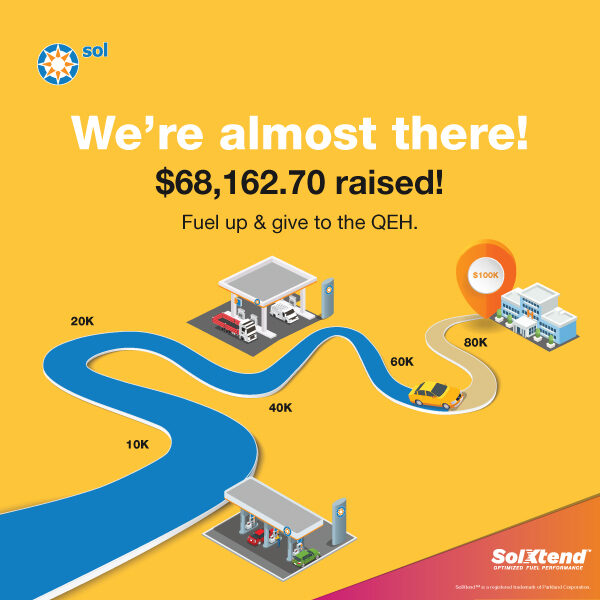The Economic Commission for Latin America and the Caribbean (ECLAC) expects the Barbados economy to grow by 2.6 per cent this year as it warns that the region “continues to endure a prolonged period of low growth”.
This forecast for Barbados is in line with the Central Bank of Barbados’ most recent growth projection of “approximately 2.7 per cent”. ECLAC said regarding 2026 that the economy would grow by 1.8 per cent.
This information was shared last month when United Nations entity’s Executive Secretary, José Manuel Salazar-Xirinachs presented the latest Economic Survey Of Latin America And The Caribbean 2025: Resource Mobilisation To Finance Development.
ECLAC officials anticipate that the Caribbean economy will grow by 4.1 per cent this year and 7.8 per cent, with Guyana’s 10.3 per cent (2025) and 23 per cent (2026) leading the way.
Without Guyana, the forecast is for the Caribbean economy to grow by 1.8 per cent this year and 1.7 per cent next year.
For the wider Latin America and the Caribbean region, the organisation estimated that “real gross domestic product (GDP) will grow 2.2 per cent on average in 2025 and 2.3 per cent in 2026, in line with the rates recorded in 2023 and 2024”.
Deceleration of growth
The new projections for 2025 represent a slight upward revision from those published by the organisation in April, two per cent, which it attributed to improved GDP performance in the first quarter of the year.
ECLAC attributed its projected deceleration of economic growth for the Caribbean to “GDP growth in the United States, and the ensuing reduction in the demand for tourism services, in addition to lower global demand for services”.
It said the Caribbean “continues to face high costs for energy imports and transportation, as well as notable exposure to natural disasters – factors that impact its external position and debt levels”.
“In contrast, Guyana is seen maintaining high growth rates, thanks to continued investment in the hydrocarbons sector,” the report added.
In South America, a 2.7 per cent expansion is foreseen in 2025, above the regional average, based mainly on a recovery in Argentina and Ecuador, an upturn in growth in Colombia and Paraguay’s solid expansion.
However, in the rest of this countries, a slowdown versus 2024 levels is expected. In 2026, South America’s growth is seen easing again to settle at 2.4 per cent.
ECLAC also said regarding Central America and Mexico,
that their projected growth for 2025 “is one per cent, nearly half the 1.8 per cent expansion recorded in 2024, due to the weakening of external demand, especially from the US”.
Its overall assessment was that “the macroeconomic scenario for 2025-2026 will be marked by less dynamism in domestic aggregate demand”.
‘Weak domestic demand’
“The regional macroeconomic environment will be characterised by weak domestic demand, particularly due to slower private consumption. In addition, international prospects remain unfavourable, limiting the external impetus for regional growth,” ECLAC reported.
“In 2025 and 2026, global economic growth is seen easing as a result of multiple conditioning factors, including geoeconomic tensions and fragmentation, even more restrictive financial conditions, a weakening of international trade, and armed conflicts.
“This is compounded by intensified external vulnerability, reflected in the forecast for a larger current account deficit and in greater dependence on external capital.”
The report noted that “that in the 2025-2026 period, the region’s balance of payments will continue to be subject to various risks, such as the worsening of geopolitical conflicts, the volatility of commodities prices and the synchronised deceleration of the world’s main economies”.
“Employment growth is also expected to slow. In line with economic activity dynamics, ECLAC anticipates that job growth will remain low in the region’s economies in 2025 and 2026,” it stated.
“The increase in the number of employed people is expected to be lower than in previous years. In this scenario, the unemployment rate is seen stabilising around 5.6 per cent.
“And while a slight reduction in informality and in the labour gaps between men and women is expected, these indicators will remain at high levels. The 2025 and 2026 projections point to stable regional inflation, although the risks of upward inflationary pressure are expected to persist.”
(SC)




